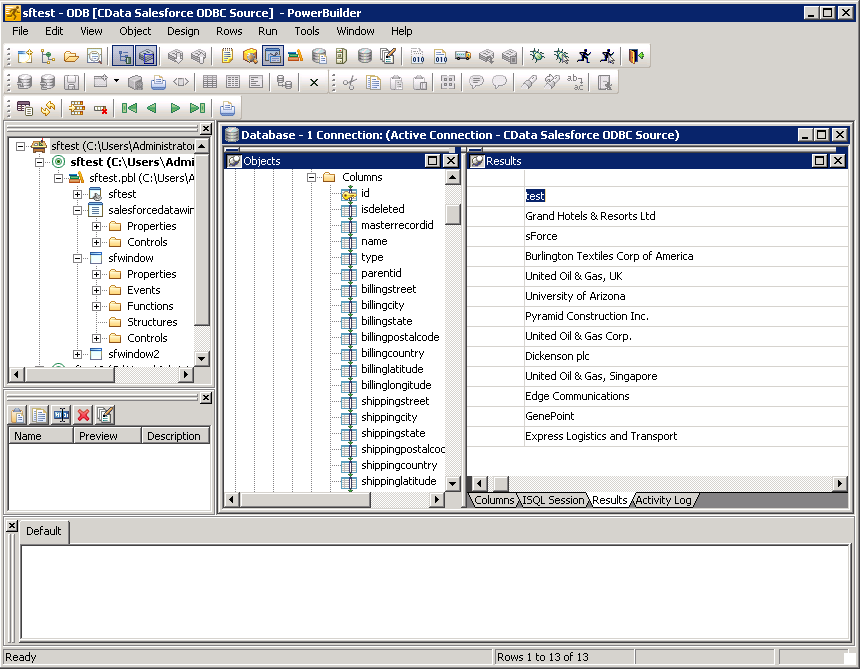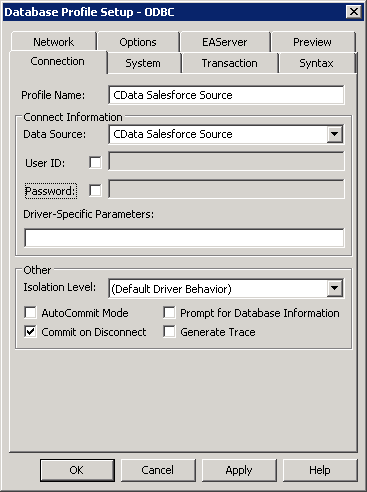Discover how a bimodal integration strategy can address the major data management challenges facing your organization today.
Get the Report →Connect to Splunk Data from PowerBuilder
This article demonstrates how to use the CData ODBC Driver for Splunk to connect to Splunk data and execute queries in PowerBuilder.
The CData ODBC Driver for Splunk can be used from any platform or development technology that supports ODBC, including PowerBuilder. This article shows how to connect to Splunk data and execute queries from the Database Painter and controls such as the DataWindow.
Connect to Splunk as an ODBC Data Source
If you have not already, first specify connection properties in an ODBC DSN (data source name). This is the last step of the driver installation. You can use the Microsoft ODBC Data Source Administrator to create and configure ODBC DSNs.
To authenticate requests, set the User, Password, and URL properties to valid Splunk credentials. The port on which the requests are made to Splunk is port 8089.
The data provider uses plain-text authentication by default, since the data provider attempts to negotiate TLS/SSL with the server.
If you need to manually configure TLS/SSL, see Getting Started -> Advanced Settings in the data provider help documentation.
Create a Profile for the ODBC Driver for Splunk
Follow the steps below to use the Database Painter tool to create a database profile based on an ODBC DSN (data source name) for Splunk. In the Database Painter, you can use wizards and the UI to work with Splunk data.
- In PowerBuilder, click Tools -> Database Painter.
- In the Objects window in the Database Painter, right-click the ODBC node and click New Profile.
- On the Connection tab, enter a name for the profile and select the Splunk DSN in the Data Source menu.
![The ODBC DSN, required to create the Database Profile. (Salesforce is shown.)]()
- To view and modify a table, right-click a table and then click Edit Data -> Grid.

Using Splunk Data with PowerBuilder Controls
You can use standard PowerBuilder objects to connect to ODBC data sources and execute queries. The following example shows how to retrieve Splunk data into a DataWindow. You can add the following code to the open method:
SQLCA.DBMS = "ODBC"
SQLCA.DBParm = "ConnectString='DSN=CData Splunk Source'"
CONNECT USING SQLCA;
dw_datamodels.SetTransObject(SQLCA);
dw_datamodels.Retrieve();







